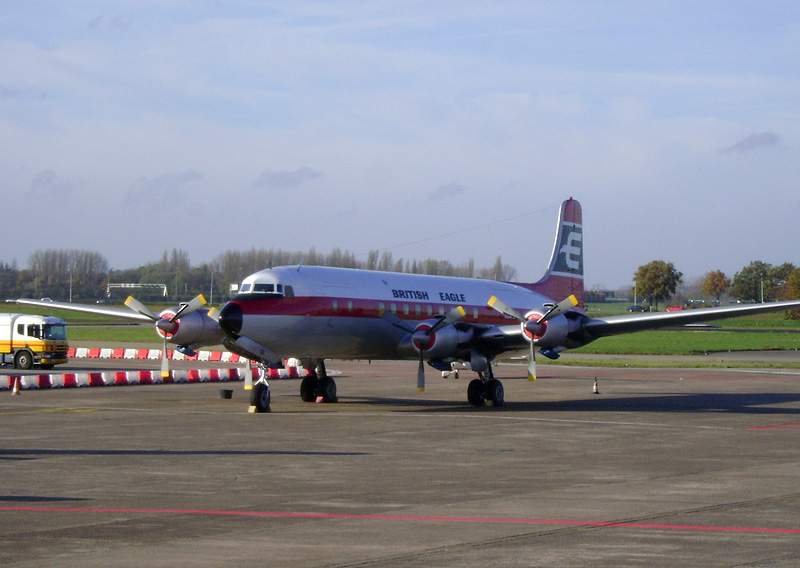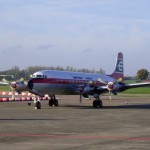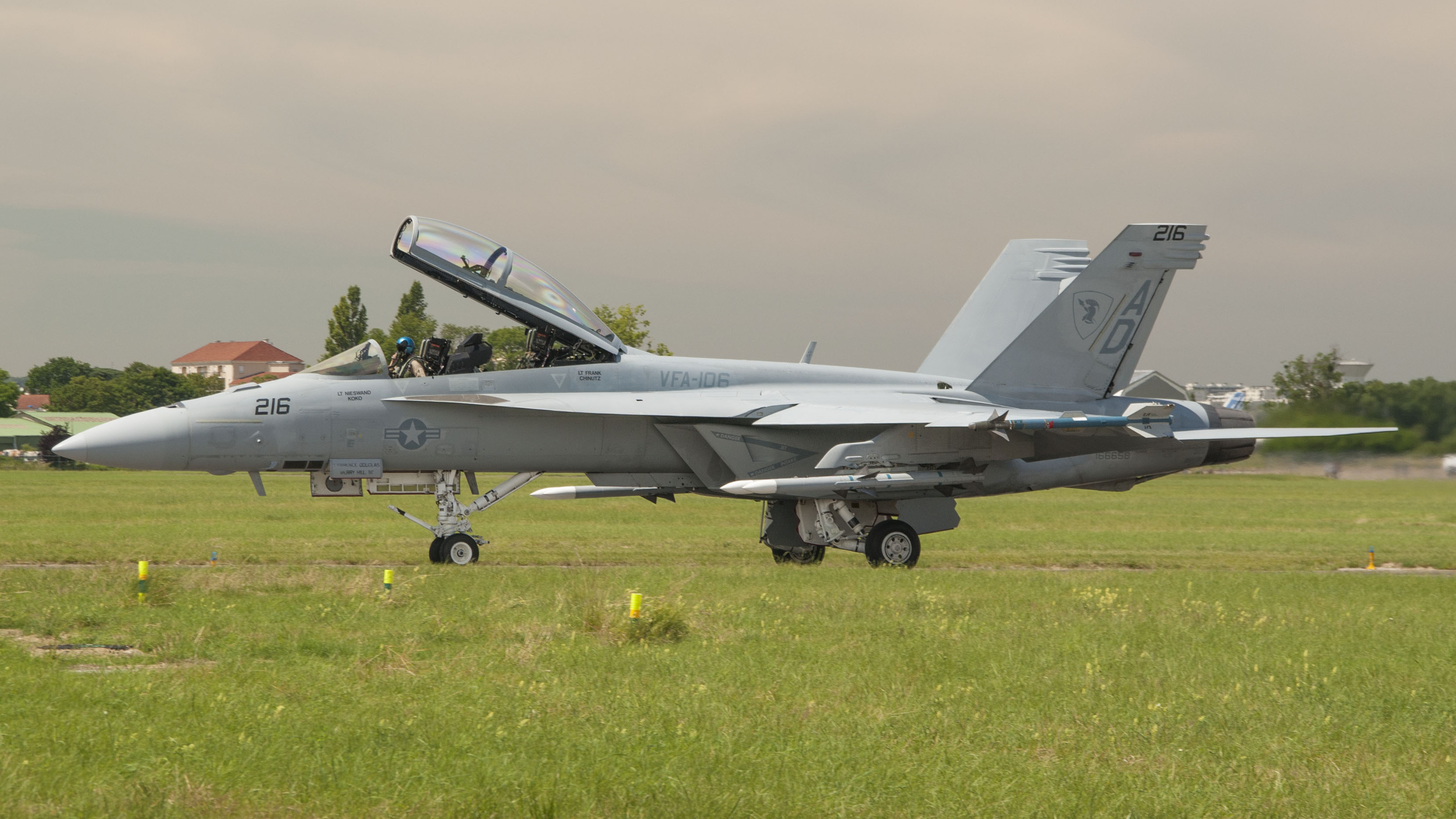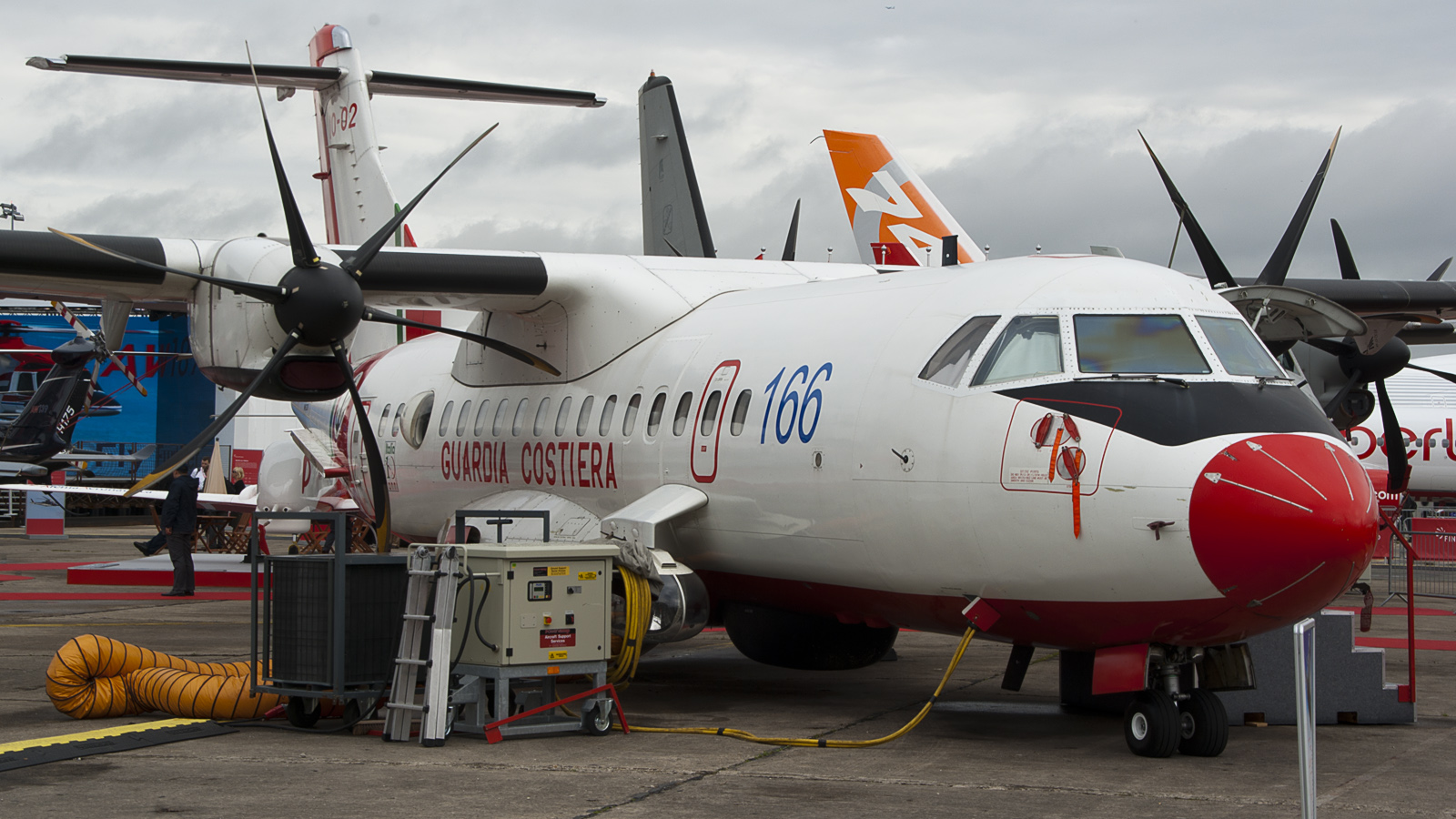
The Douglas DC-6 was Douglas’ most successful four engine piston airliner.
The DC-6 was developed as a response to a military airlift requirement in World War 2. The C-54 impressed the USAAF and they ordered the development of an improved and larger variant. The designation: YC-112.
By the time the Second World War ended the requirements no longer stood, and therefore Douglas continued to develop the YC-112 as an airliner resulting into the DC-6.
During the Korean War military interest was renewed resulting in the C-118 and USN R6D-1. Witch were built in large numbers. Later these planes found their way too many airlines.
| Developing Nation: | United States |
| First flight(s): | (YC-112) February 15th 1946 |
| First civilian delivery: | March 1947 to US Airlines |
| Crew: | Three, or Four |
| Passengers: | DC-6: Typically between 48 and 56 DC-6B: Typically 54, but a max. of 102 |
| Task: | DC-6A: optimized for freight DC-6B: optimized for passengers DC-6C: Convertible passenger/freight |
| Wing Span: | 35,81 m |
| Wing Area: | 135,9 m² |
| Length: | 30,66 m DC-6B: 31,18 m |
| Height: | 8,66 m DC-6B: 8,74 m |
| Operating empty weight: | DC-6: 23840 kg. DC-6B: 25110 kg. |
| Max. take-off weight: | DC-6: 44129 kg. DC-6B: 48534 kg. |
| Engine (s): | DC-6: Four 1800 hp. Pratt & Whitney Double Wasp R-2800-CA15 18 cylinder twin row radial piston engines (maximum output 2400 hp) with water injection. Driving three blade constant speed Hamilton Standard propellers. DC-6B: Four 2500 hp R-2800-CB17’s |
| Cruise Speed: | DC-6: 501 Kph DC-6B: 507 Kph |
| Operating altitude: | 7500 m. |
| Max. Range: | DC-6: 7376 km. DC-6B: 7595 km. DC-6B: 4835 km. with max. payload |
| Production: | DC-6: 174 DC-6A: 73 DC-6B: 288 C-118: 105 (Air Force DC-6) R6D: 25 (United States Navy DC-6) |







Be the first to comment